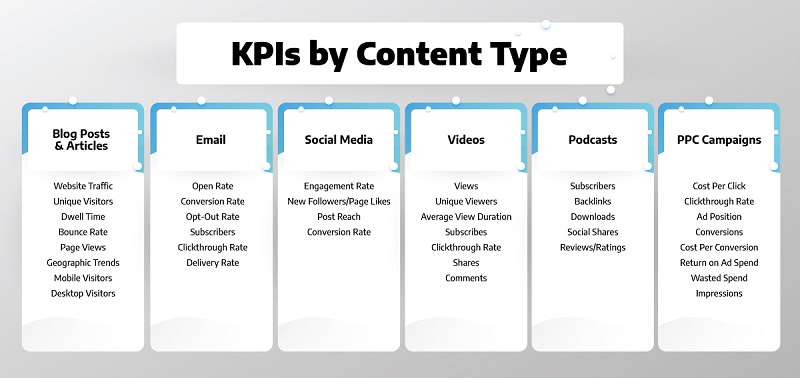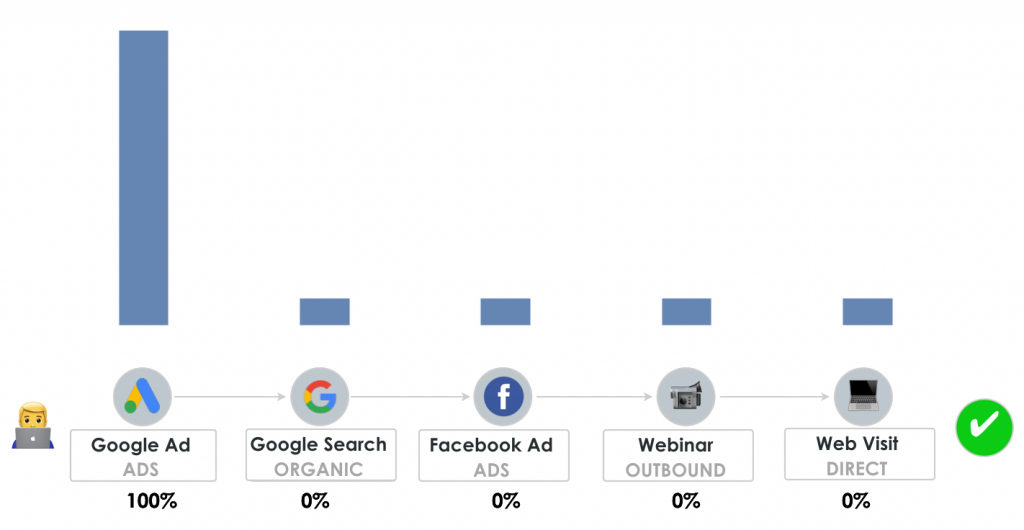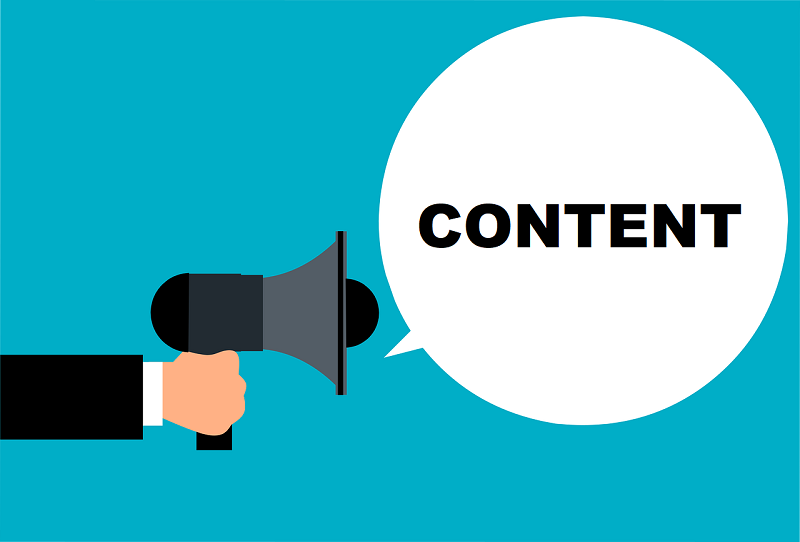
The ultimate aim of every business is to gain profit and grow consistently. The efforts that a business puts in and the return that it provides have to be analyzed for further improvement and scope. The same applies to your marketing strategies. It’s never too late to study your content marketing ROI.
Whether you are just starting with content marketing or you’ve been using the same approach for a while, it in no way hurts to readdress your content strategy plan.
You can anytime ensure it’s over-to-date, innovative, and interesting to your prospects and clients, regardless of when or how they shall buy it. You will be amazed to hear that over 44% of marketers feel that need to work on and improve their content measurement.
1. Content Marketing Measurement Metrics and Goals
You cannot deny the importance of content marketing in the present scenario. Investing in content marketing has become a top priority these days. The research depicted that it cost 62% less and generates 3 times leads. Let us see what calculating ROI is all about.

a. What is content marketing ROI?
Marketing ROI in simple terms could also be a percentage that depicts what proportion of revenue you earned from content marketing as compared to what you spent. It is a prominent practice for attributing profit and revenue growth and analyzing the impact of marketing initiatives.
The formula used to measure content marketing ROI is:
Marketing ROI = (Return – Investment) X 100
Investment:
Let’s say you earned $5000 in sales and you spent $500 on your marketing content. The ROI is
Marketing ROI = (5000-500) X 100
= 900%
b. Analysis Data
To analyze the content marketing data you need to combine different stats and measure your content’s business performance. You need to see what content is most liked by the target audience, what are they sharing, popular types, and the length of the content most read and liked.
c. KPI and ROI Statistics

For perfect marketing performance metrics, you need to understand what your KPI and ROI must consist of. KPI for blogs and articles can be measured by website traffic, unique, new, and regular visitors, average time on page and site. For videos and podcasts, you can track views, subscribers, downloads, shares, comments, and reviews. ROI can be measured by leads, sales and revenue generated.
d. ROI Measuring Steps
There are a few steps to follow while measuring ROI that would help you find the loopholes and correct your content marketing strategy.
i. Set Measurable Goals
To properly calculate ROI and apply return on marketing and investing formula, setting measurable goals is important. It is very important to set goals for either a piece of content, a specific content campaign, or the entire content marketing program.
Although content marketing efforts cannot be tracked completely, your measurable goals must include bounce rate, number of visitors, time spent on site, pages visited, leads, and revenue. Identify your top priorities and work towards your goals.
ii. Collection for Data
Based on the goals set collect the data required to match your goals and the action required. Unless you have a clear number attached to the data content marketing, it makes no sense. Your data must include both your investments in content marketing and your return from the same.
iii. Monitor Frequency of Goals
For proper ROI tracking, you need to monitor the goals. To maintain your site traffic, it is very important to monitor your frequency. Decide about a particular interval and redefine your content goals. Content marketing is very vast and equally competitive. Once you achieve a certain level, jump on to the next step and analyze how often you need to review and make new goals.
iv. Use Models Comparison Tool

Attribution models are very helpful in finding and measuring your user’s touchpoints. The first contact attribution will offer 100% of the credit score rating to the primary touchpoint that brings a visitor to your website.
For instance, when featured in Google Ad it would receive 100% of the credit for the conversion, and all the other 4 touchpoints Google search, Facebook Ad, Webinar, and Web visit would receive 0%.
2. Modify The Strategy To Improve Performance Of ROI
If in any way ROI tracking is not up to the mark, you need to look for an effective content marketing strategy. Creating a content marketing strategy will leave positive effects on your business leading to improved ROI. Here are a few content marketing tactics to help you in formulating new strategies for your business.
a. Analyze the Audience

Study your target audience and keep a check on what type of content they generally look for. Find the most suitable and appropriate content. Unless you have a clear picture of your audience in your mind, you won’t be able to find the best topics for them. The knowledge or information that you provide through the content must be helpful to them.
b. Optimize the Content
To measure the performance of your content compare the organic traffic, leads, conversion rates, time on page, social shares, bounce rate, comments, etc. to see your graph. Analyze your key areas and compare the points you are lacking on. Focus on creating content that would take you a step ahead.
c. Build Social Media Presence
Your website or blog must be the key component to build ROI. It has to be approachable and attract the audience. Maintaining the frequency of your content is equally important. Keep on researching and bringing new and useful content to your page. The most important thing is to stay visible consistently. Your media presence is the first step towards getting good traffic.
d. Connect the Buisness with Storytelling
Your blogs in content marketing should create a feeling as if someone is reading a story. This holds the interest of the reader and will increase the bounce rate on your page. Use real-life experiences and stories to connect to your audience in a better way.
This technique evokes an emotional response and employs classic components. Ask for reviews and let the audience share their experience with your content. It helps to enhance your content marketing metrics.
e. Makes Effective Budgeting

Redefine your costs and see how much you are investing in the creation, publication, and distribution of your content. Decide on a certain percentage that you will invest in content marketing. Budgeting also includes cutting unnecessary costs and making the most out of the amount invested.
f. Promote Your Content

Good content created but not promoted makes no sense. Make the best use of SEO and HTML elements to promote your content. Research and use the best primary, secondary and long-tail keywords.
Promote with social media platforms, e-mail marketing, and online communities. To raise your content marketing ROI promote and make it reachable as much as you can.
Wrapping up
Using the above content marketing tactics, you can get optimum content ROI for your product or service. Designing marketing performance metrics is not easy, but when an effective content marketing strategy is used it becomes quite easy.
All the above SEO and content marketing tools and tricks will improve your ROI and overall performance. Keep on trying and experimenting with new strategies and select the best content marketing ROI strategy.
Contact Form Popup
Get in touch with us
This will close in 0 seconds

